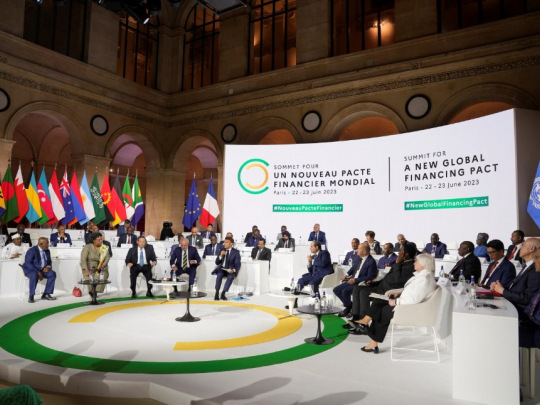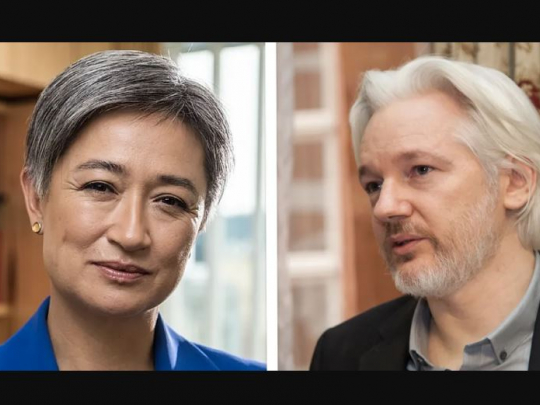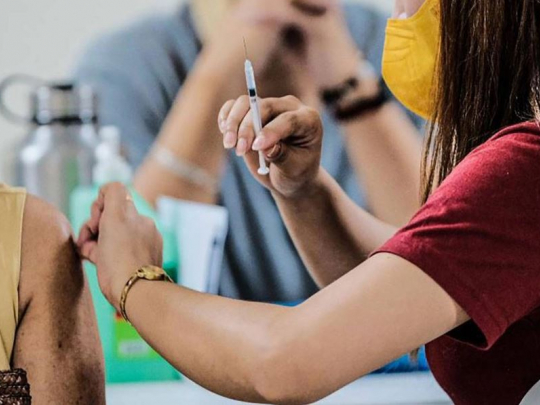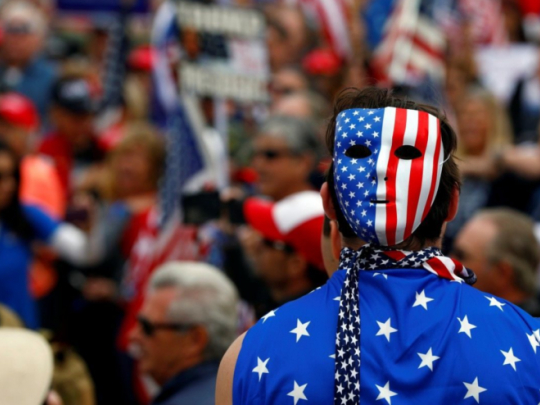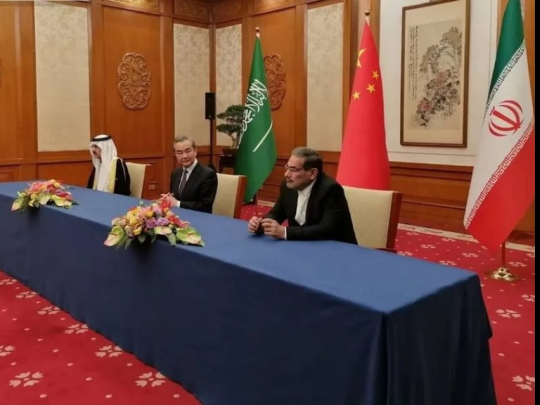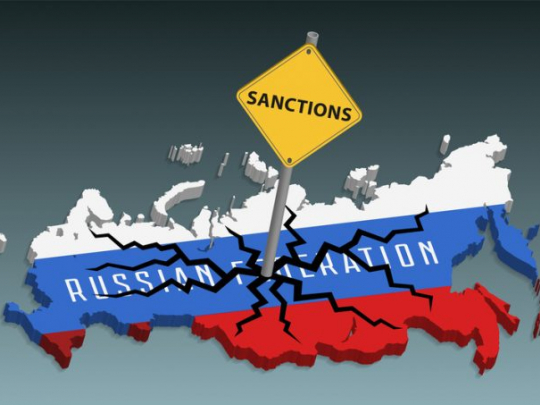Vietnam’s Success Against COVID-19
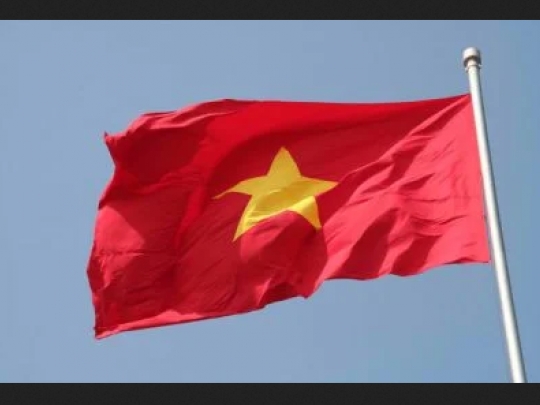
While other countries are still lifting quarantine or planning to re-open public activities, Vietnam – a small, developing country that has about 1,400 km of land, river and stream and borders with China – has been opened up for more than a month. Until now, Vietnam has recorded only just over 300 cases on its soil and not a single death as of 15th June. What “magic” did the country that has a population of 97 million people use to prevent the coronavirus spread? How is Vietnamese people’s daily life after quarantine time? Is it true that Vietnam successfully controlled the pandemic?
“Vietnam has responded well to the COVID-19 epidemic from the very outset, preventing its spread”, the World Health Organization (WHO) says. WHO has indicated one of the most crucial measures that made Vietnam win its “war” on coronavirus: Vietnam prepared for the outbreak before it recorded its first case; a wise decision that many countries did not make. The World Health Organization said in a statement Saturday that the first days of the outbreak, when China had detected just 27 cases of the acute respiratory disease, COVID-19, in Wuhan City, Vietnam’s Health Ministry had already issued prevention guidelines, including close monitoring of border areas and steps to prevent possible infections among people. Vietnam enacted measures that other countries would take months to move on.
Vietnam recorded its first cases on January 23 in Ho Chi Minh City, two days before the Lunar New Year holidays. Two Chinese men from Wuhan had arrived in Vietnam on January 13 and traveled throughout the country before being hospitalized on January 23. Immediately, the Vietnamese government ramped up its response by organizing the National Steering Committee on Epidemic Prevention on January 30, the same day the World Health Organization (WHO) declared the outbreak to be a Public Health Emergency of International Concern. On February 1, when the country had only recorded six confirmed cases, Vietnamese Prime Minister Nguyen Xuan Phuc signed a decision declaring a national epidemic of what was then known only as the novel coronavirus (nCoV). The Vietnamese government recognized that the medical system would soon become overwhelmed, even by a mild spread of the virus, so they instead chose to focus on prevention early, and on a massive scale.
By mid-March, Vietnam was sending everyone who entered the country – and anyone within the country who’d had contact with a confirmed case – to quarantine centers for 14 days. At the beginning of March, Hanoi recorded the first case in the city. A section of Truc Bach Street, Ba Dinh District, Hanoi City, where the COVID-19 patient lived after traveling to some European countries, was put under quarantine. 61 households with 191 residents were forced to stay at home for 14 days, even though the patient declared that she had not contacted with any neighbors. It may be considered extreme and an over-reaction but it was cost-effective.
This was how the country named the best COVID-19 fighter globally by Politico responded to the pandemic.
On March 16, Prime Minister Nguyen Xuan Phuc said “Vietnam is now at the “golden stage” of COVID-19 prevention and control”. During the 15-day social distancing period from April 1st to 15th, residents had to stay at home and could only go outside for “essential needs,” such as food, medicines, urgent medical services or to go to work at companies that were permitted by the government to remain open. Gatherings of more than two people in public areas other than hospitals or workplaces were banned. People had to keep a distance of at least two meters between each other. Schools were closed for the Lunar New Year holiday at the end of January and remained closed until mid-May. Travel from virus-hit areas to other cities and provinces was banned, except for essential reasons, such as the delivery of food or transportation of workers and materials for production. The government directed many businesses across the country, from restaurants to gyms, to shut down and restricted international and domestic flights. As Vietnam saw only a modest increase in coronavirus cases, which went up to 268, with all but 44 recovered and no fatalities, the country eased its coronavirus lockdown. Vietnam successfully took advantage of the “golden stage” to effectively contain the spread of the disease.
As well as the swift government response, another key that made Vietnam’s fight against COVID- 19 successful was cooperation. Social media did a great job of raising citizens’ awareness about the pandemic by the news, dramas, advertisement, and music videos… People had no choice but receive the COVID- 19 information. Vietnamese people understood the seriousness of the pandemic, and knew basic steps to protect themselves and others from the virus. And they voluntarily filled in health declaration forms (nearly 6,5 million NCOVI app downloads within one month). There was a survey conducted by Singapore’s leading social research agency, Blackbox Research and ITWP Group’s Toluna Company, aiming to assess the level of satisfaction of people in 23 countries and territories for their government’s efforts in COVID-19 prevention and control. With 77 points, Vietnam ranks second in the world and ranks first in Southeast Asia in terms of people’s satisfaction with government measures in the prevention and control of COVID-19. The success of Vietnam was not only up to the drastic actions of the government but also the cooperation and trust of the citizens.
More than two months have passed since the country’s last community transmission and it has already returned to a more normal status that aims to increase economic growth and protect people from COVID-19 effectively. The Prime Minister allowed the reopening of the border gate with China, Cambodia, Laos, and so on. Students and workers now go to schools, offices, and factories without wearing masks. Businesses across the countries operate normally. On May 23, the first official football match took place in Thien Truong Stadium with thousands of spectators. It was also the first football match in the world that allowed thousands of spectators to enter after the COVID-19 pandemic. Preventing COVID-19 is not the most urgent issue of the government at this stage. This small country is looking for solutions to recover the economy and stimulate domestic tourism after the effects of the pandemic. Vietnamese people feel safe and live normally. Additionally, the citizens are grateful to their government for protecting them by drastic and immediate actions. Sometimes, they even forget that COVID-19 is still causing problems in many countries around the world.
In short, Vietnam’s success is thanks to both the government and the citizens. The government responded well to the pandemic since most countries disregarded or knew little about it. The country’s leaders also took many correct and timely actions: giving information, instructing people on how to prevent COVID-19 on a massive scale, putting people under quarantine… Vietnamese people’s awareness about COVID-19 and their cooperation with the government are significant. These are the lessons that several developed countries would benefit from learning.
- Source : Do Thi Thu Huong




